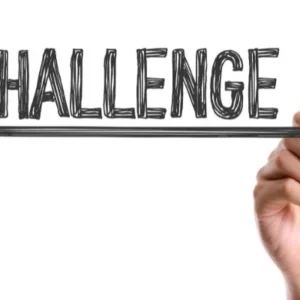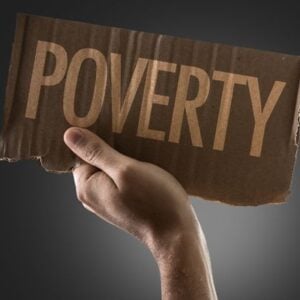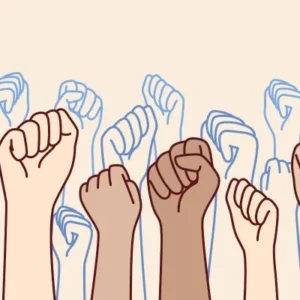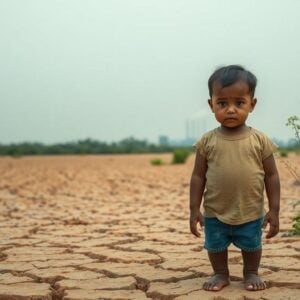The World Bank’s latest assessment on poverty and equity in Ethiopia projects that poverty will rise to 43 percent by 2025, up from 33 percent in 2016, measured at $3 per day (2021 PPP). After decades of steady progress in reducing poverty, the country has faced multiple internal and external challenges, including the COVID-19 pandemic, the Tigray conflict, severe droughts, slower GDP growth, and soaring inflation, which have collectively weakened living standards.
Poverty increased sharply from 33 percent in 2016 to 39 percent by 2021, with inflation hitting urban households hardest, while most rural families saw limited benefits from higher food prices due to restricted market access. Rural communities also face limited off-farm opportunities, partly due to policies that constrain the effective functioning of land and labor markets, accentuating the rural nature of poverty, where roughly three-quarters of the population live.
Human capital indicators remain alarmingly low, especially in rural areas. By 2021, 86 percent of rural adults had not completed primary education, nearly half of rural households had at least one stunted child, and over a quarter reported having a severely stunted child. Disparities in access to public services are stark, with sanitation facilities and electricity connections nearly three to four times more prevalent in the wealthiest quintile compared to the poorest, while ownership of assets such as refrigerators, cars, bicycles, or computers remains under 1 percent among the poorest households.
The poorest communities often experience isolation from markets and public services and are disproportionately affected by climatic shocks and food shortages. Since mid-2024, the government has introduced macroeconomic reforms, including market-determined exchange rates, trade and tax adjustments, electricity tariff changes, and fuel subsidy removals. These measures aim to foster private sector-led job creation, strengthen smallholder farmers’ market participation, and enhance resilience among vulnerable populations. Safety nets, public sector salary increases, and fertilizer subsidies have been implemented to mitigate short-term poverty impacts.
Recent monitoring indicates marginal improvements in households’ economic sentiments in early 2025 compared to 2024, although negative perceptions persist, especially in urban areas. The World Bank projects that poverty will peak at 43 percent in 2025, with gradual declines expected by 2026. A joint assessment by the World Bank and IMF in September 2025 highlighted Ethiopia’s unsustainable external debt, noting protracted breaches of export-related debt indicators and confirming the country has been in debt distress since missing a Eurobond interest payment in December 2023.







